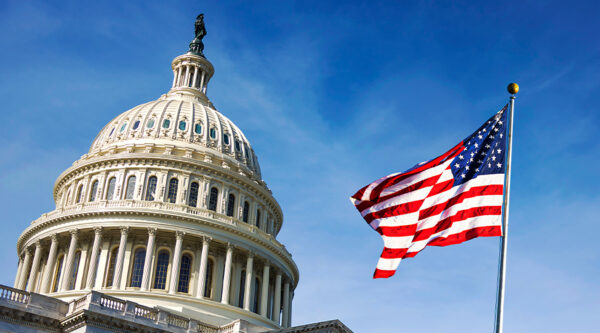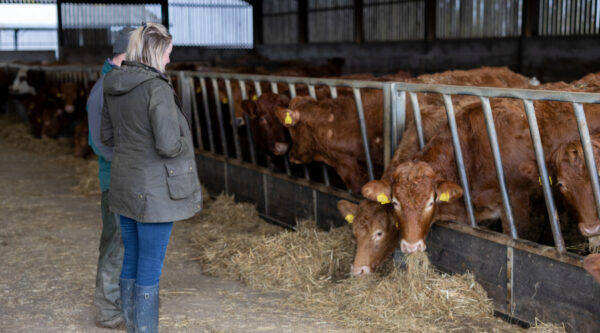

Recently announced delays to the introduction of mandatory 10% biodiversity net gain (“BNG”) means that landowners and farmers have more time to consider whether this new regime marks a new opportunity for them.
In short, from January 2024 developers will be required to ensure that their schemes deliver at least 10% gain based on Natural England’s Biodiversity Metric 4.0 – which is likely to be the statutory version. It should be noted that many LPAs are setting their own higher percentages. While developers will have the opportunity to deliver BNG on-site, in many instances the inevitable reduction to the developable area of their sites will not be an appealing prospect. Therefore, whilst there is a Government credit purchase scheme, off-site provision is likely to be much more palatable and represents an opportunity for farmers.
BNG is set to become a key private natural capital market, due to its statutory mandate across all development sites regardless of area or designation. If this is a market that you are looking to take advantage of, then what should you be thinking about?
First and foremost, get good technical and legal advice. This will be crucial to ensure you avoid unintended consequences and ensure that your scheme will generate the best return for you.
There are a range of public and private natural capital revenue streams; the most appropriate options will vary on a site-by-site basis according to, amongst others:
- The current condition of the site
- What other schemes have been signed up to
- What benefits respective schemes are required to secure.
While we have welcomed the clarity that stacking is possible, in theory, those ‘stacked’ private or statutory environmental Land Management schemes need to be compatible and properly and lawfully established.
Secondly, pricing. BNG schemes must be maintained for a period of 30 years and so the cost of establishing and maintaining your scheme must be factored into the BNG unit price. This is because there will not be another opportunity to recover maintenance or other associated costs. In setting up the scheme, you will also need to consider what level of maintenance you are willing and able to commit to for 30 years, as those obligations will be enforceable against you or your successors in title throughout that time.
The benchmark has been set by DEFRA’s indicative pricing for the Government’s statutory BNG credits, which vary depending upon the nature of habitat to be secured and purposely more expensive than privately traded BNG units, so as not to interfere with that market.
Thirdly, how are you going to go about trading your BNG units to developers? There are a range of options available offering differing levels of service with corresponding terms and pricing to be aware of.
The involvement of any such third party may or may not be documented in the legal agreements relating to the establishment of your scheme. It will be important to obtain legal advice on all of those agreements to ensure your position is protected.
Finally – and as always – there will be tax implications that need to be considered. It is not yet clear whether land subject to BNG schemes will qualify for Agricultural Property Relief. In the absence of clarification, a view will need to be reached as to whether the land remains ‘agricultural land in agricultural use’ while the scheme is underway.










